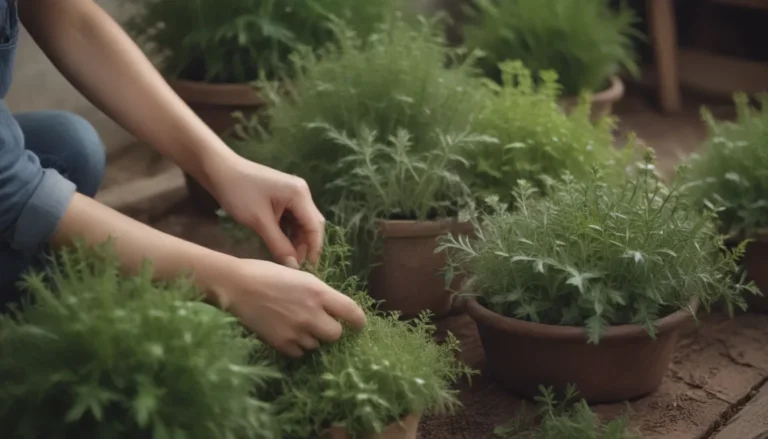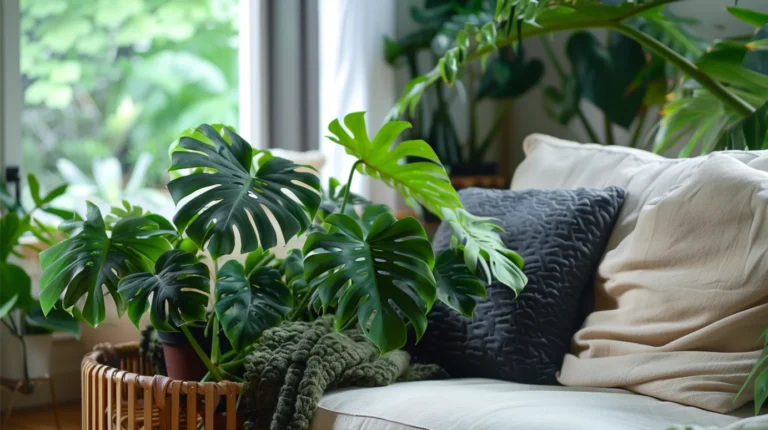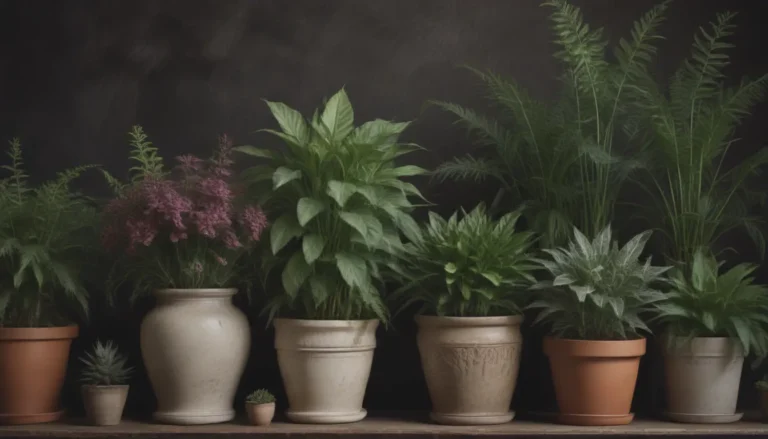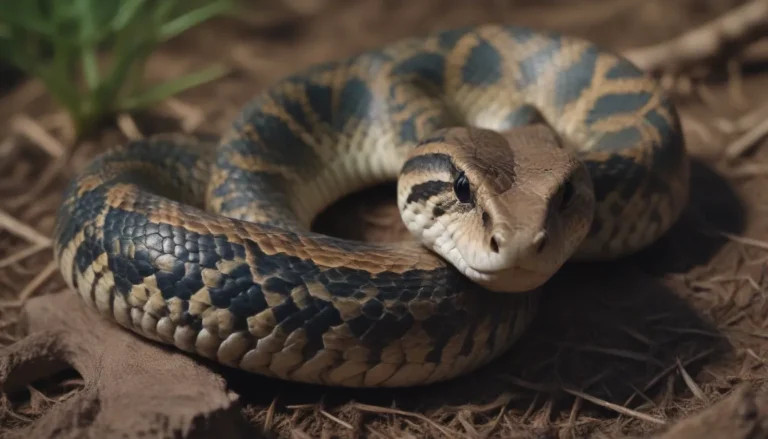A Comprehensive Guide to Growing and Caring for Browallia

If you are on the hunt for a stunning, low-maintenance annual flower to brighten up your shady garden, look no further than browallia. This tropical perennial, known scientifically as Browallia speciosa, is a true gem in the world of flowers. Although it is native to warmer climates, it is commonly grown as a seasonal annual. With its vibrant blue, purple, and white blooms, browallia is a fast grower that forms a lovely cushion-like shape. Whether cascading down a wall, filling a flower bed, or enhancing a rock garden, its deep green foliage is sure to captivate in the summertime. Additionally, its flowers are a magnet for hummingbirds, making it a popular choice for containers and hanging baskets. However, it is important to note that browallia can be toxic to pets if ingested.
Browallia Care Tips
Taking care of browallia is a breeze, making it an ideal choice for both novice and experienced gardeners. Here are some essential care tips for this beautiful plant:
Light
- In hot climates, grow browallia in partial or dappled shade, preferably in the afternoon shade.
- In cooler areas, it can tolerate full sun.
Soil
- Browallia thrives in rich soil with good drainage and a slightly acidic to slightly alkaline pH level.
Water
- Keep the soil consistently moist, but avoid overwatering to prevent excessive foliage growth at the expense of flowers.
Temperature and Humidity
- Browallia prefers tropical temperatures and should only be planted outdoors once all danger of frost has passed.
- Avoid exposing it to even a light frost, as it can damage the foliage.
Fertilizer
- If the soil is nutrient-rich, browallia only requires moderate fertilization.
- Use a low-nitrogen fertilizer a few times during the growing season to promote flower production.
Different Types of Browallia
Aside from Browallia speciosa, another popular species is the Jamaican forget-me-not (Browallia americana). Also known as Amethyst flower or Bush violet, this variety blooms profusely until the first frost. Unlike Browallia speciosa, Browallia americana has a shrubbier growth habit and may attract butterflies and bees.
Pruning and Propagating Browallia
- Pruning is not necessary when growing browallia outdoors, but trimming is essential for container plants to maintain their size.
- Browallia is best propagated from seed, as it does not root well from cuttings.
How to Grow Browallia From Seed
- Start seeds indoors 8 to 10 weeks before the last frost in your area.
- Press the seeds lightly into the soil and keep it consistently moist at around 75 degrees Fahrenheit for optimal germination.
Potting and Overwintering Browallia
- Browallia is an excellent container plant that can be brought indoors before nighttime temperatures drop below 40 degrees Fahrenheit.
- Repotting is generally not necessary, but older plants can be replaced when they become woody and stop blooming.
Dealing with Pests and Encouraging Blooming
- Browallia is relatively pest-resistant but may attract soft-bodied insects like aphids and thrips.
- To encourage blooming, give each plant ample space to grow, provide appropriate lighting conditions, and consider overwintering indoor containers in cooler climates.
In conclusion, Browallia is a versatile and enchanting flower that can thrive in a variety of garden settings. By following these care tips and guidelines, you can enjoy a bountiful display of blooms from this lovely plant. Whether you choose to grow it in your garden, on a wall, or in a container, Browallia is sure to add a touch of elegance and color to your outdoor space. So, roll up your sleeves, dig in the dirt, and watch your Browallia bloom and flourish!




